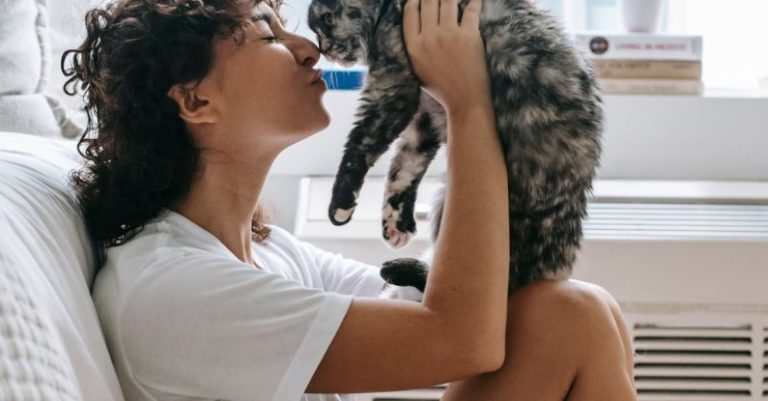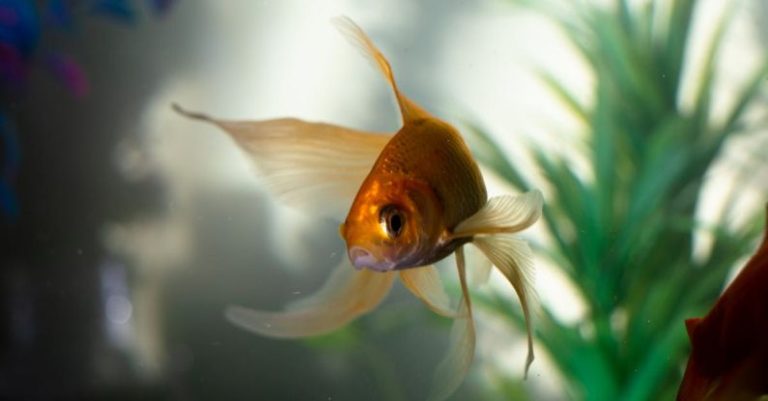Creating a Safe Environment for Your Pets at Home
Our pets are an integral part of our families, providing us with love, companionship, and joy. As pet owners, it is our responsibility to ensure that our furry friends are safe and secure within our homes. Creating a safe environment for your pets is essential to their well-being and happiness. By taking a few simple steps, you can make your home a haven for your beloved animals.
Understanding Your Pet’s Needs
Before you can create a safe environment for your pets, it is crucial to understand their specific needs. Different pets have different requirements when it comes to safety. For example, cats may need vertical spaces to climb and hide, while dogs may require a secure yard to play in. Take the time to research and understand what your pet needs to feel safe and comfortable in your home.
Securing Hazardous Areas
One of the first steps in creating a safe environment for your pets is to secure any hazardous areas in your home. This includes blocking off access to rooms that contain toxic substances, such as cleaning supplies or medications. Make sure that these items are stored securely out of your pet’s reach. Additionally, be mindful of any small objects that your pet could potentially swallow, as these can pose a choking hazard.
Creating Safe Zones
Another way to ensure your pet’s safety is to create designated safe zones within your home. These areas should be free of any potential dangers and equipped with comfortable bedding and toys for your pet to enjoy. Safe zones can help your pet feel secure and provide them with a space to relax and unwind.
Pet-Proofing Your Home
Pet-proofing your home is essential to prevent accidents and injuries. This includes securing loose wires and cords that your pet could chew on, as well as keeping toxic plants out of reach. Be sure to also check for any small openings or gaps that your pet could escape through and seal them off accordingly.
Providing Mental Stimulation
In addition to physical safety, it is important to provide your pet with mental stimulation to keep them happy and healthy. Interactive toys, puzzle feeders, and regular playtime can help keep your pet engaged and prevent boredom. Mental stimulation is especially important for pets that are left alone for extended periods, as it can help prevent destructive behaviors.
Regular Vet Check-ups
Regular veterinary check-ups are crucial for maintaining your pet’s health and well-being. A veterinarian can help identify any potential health issues early on and provide preventative care to keep your pet in top condition. Be sure to keep up with vaccinations, flea and tick prevention, and dental care to ensure your pet stays healthy and happy.
Emergency Preparedness
Despite our best efforts, accidents can still happen. It is important to be prepared for emergencies and have a plan in place in case of a crisis. Keep a pet first aid kit on hand, as well as contact information for your veterinarian and local emergency animal hospital. Additionally, consider microchipping your pet to increase the chances of being reunited in case they ever get lost.
Conclusion: A Safe Haven for Your Pets
Creating a safe environment for your pets at home is essential for their well-being and happiness. By understanding your pet’s needs, securing hazardous areas, and providing mental stimulation, you can ensure that your furry friends are safe and secure. Remember to pet-proof your home, schedule regular vet check-ups, and be prepared for emergencies to give your pets the safe haven they deserve. Your efforts in creating a safe environment for your pets will not only benefit them but also strengthen the bond you share with your beloved companions.






